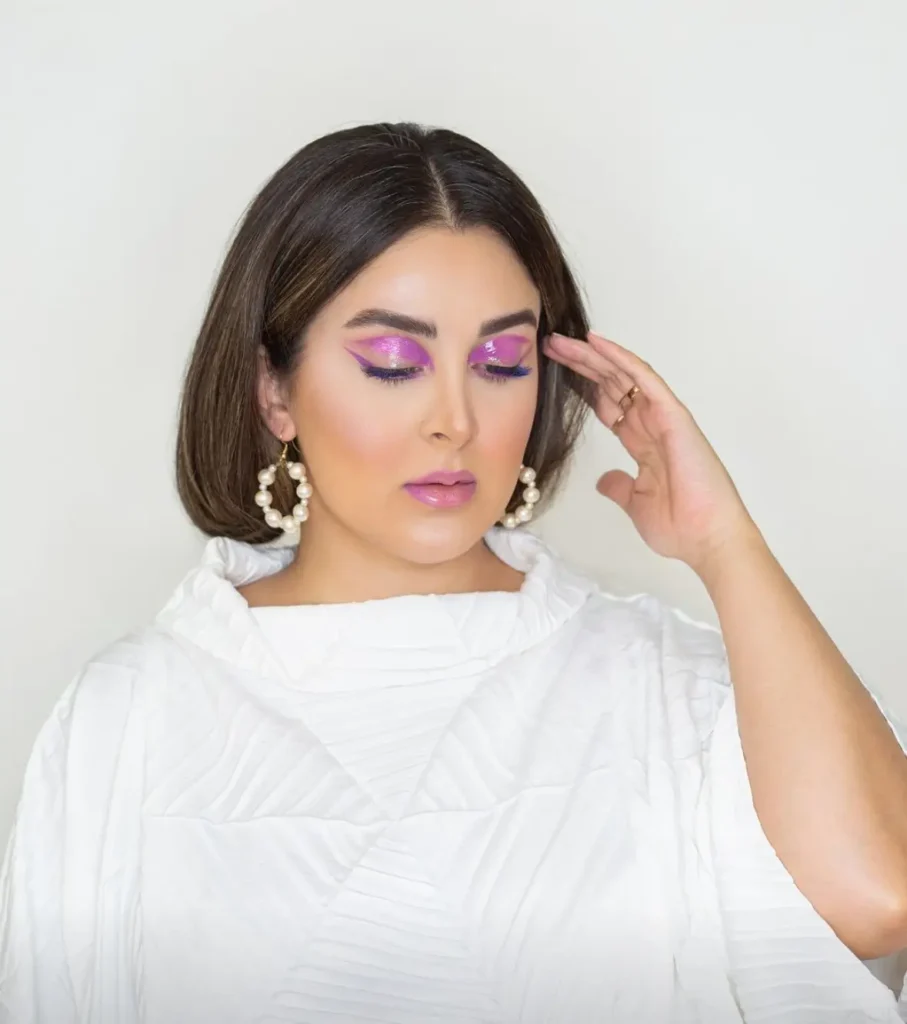
The Evolution of Makeup: From Ancient Times to Modern Trends
Makeup has been an essential part of human culture for thousands of years, evolving significantly from its ancient origins to the diverse and dynamic industry we know today. In this blog, we’ll explore the history of makeup, key milestones in its development, and current trends shaping the beauty landscape.
Ancient Beginnings: The Roots of Makeup
Egypt: The Pioneers of Beauty
The ancient Egyptians were among the first to use makeup. They applied kohl to darken their eyelids, eyebrows, and lashes. This wasn’t just for aesthetics; it also served practical purposes, such as reducing glare from the sun and protecting the eyes from infections. Cleopatra, perhaps the most famous beauty icon of ancient Egypt, popularized the use of various cosmetics, including red ochre for lip color and henna for nails.
Greece and Rome: Natural Elegance
In ancient Greece, makeup was used more subtly. Women used white lead and chalk to lighten their skin, considering a pale complexion a symbol of beauty and status. The Romans expanded on this, using a variety of products, including rudimentary foundations made from animal fats and starch, as well as rouge made from red lead.
The Renaissance to the 19th Century: The Rise of Cosmetics
The Renaissance: Art and Beauty
During the Renaissance, the use of makeup became more widespread in Europe. Wealthy women aimed for a porcelain complexion, using lead-based powders despite their toxic properties. Bright red lips and cheeks, achieved with vermilion, were also fashionable.
The Victorian Era: Modesty and Refinement
Queen Victoria’s reign marked a shift towards more modest and natural beauty standards. Heavy makeup was associated with actresses and prostitutes, leading respectable women to adopt a more understated look. Natural skin tones were preferred, and any use of cosmetics was subtle and discreet.
The 20th Century: Makeup Becomes Mainstream
The 1920s: The Flapper Revolution
The 1920s brought significant change, with the flapper movement embracing bold and dramatic makeup. Women wore dark, smoky eyes, thin eyebrows, and bright red lipstick. This era also saw the rise of iconic beauty brands like Max Factor and Maybelline.
The 1950s: Hollywood Glamour
Post-World War II, the influence of Hollywood stars like Marilyn Monroe and Audrey Hepburn set new beauty standards. The focus was on flawless skin, cat-eye eyeliner, and red lips. This period cemented the popularity of makeup in everyday life.
The 1980s: Bold and Bright
The 1980s were characterized by vibrant and experimental makeup. Neon eyeshadows, bold blush, and brightly colored lips were all the rage. This era encouraged self-expression and the breaking of traditional beauty norms.
Modern Trends: Diversity and Innovation
Embracing Diversity
Today’s makeup industry is more inclusive and diverse than ever. Brands are expanding their shade ranges to cater to all skin tones, and there’s a growing appreciation for different beauty standards worldwide. Influencers and social media have played a significant role in promoting diversity and celebrating unique beauty.
Sustainable and Ethical Beauty
Consumers are increasingly conscious of the environmental impact of their beauty routines. This has led to a rise in sustainable and cruelty-free brands. Products with natural ingredients, eco-friendly packaging, and ethical sourcing are gaining popularity.
Technological Advancements
Technology is also shaping the future of makeup. From AI-powered shade matching to virtual try-on apps, the integration of tech in beauty is enhancing the consumer experience. Additionally, advancements in formulation are leading to more effective and long-lasting products.
Conclusion
The evolution of makeup is a testament to its enduring significance in human culture. From ancient rituals to modern-day innovations, makeup continues to be a powerful tool for self-expression and creativity.









Responses